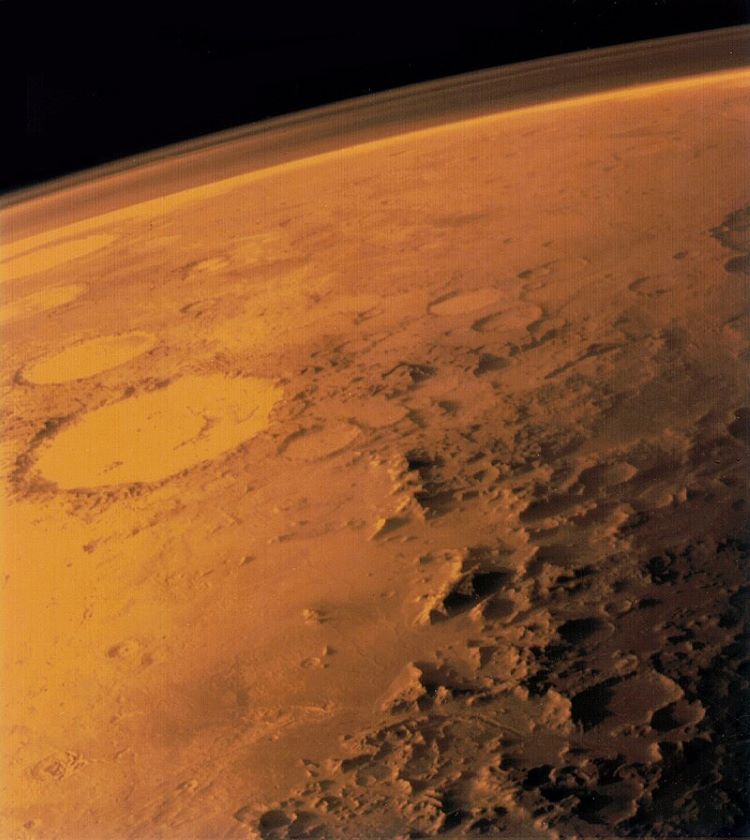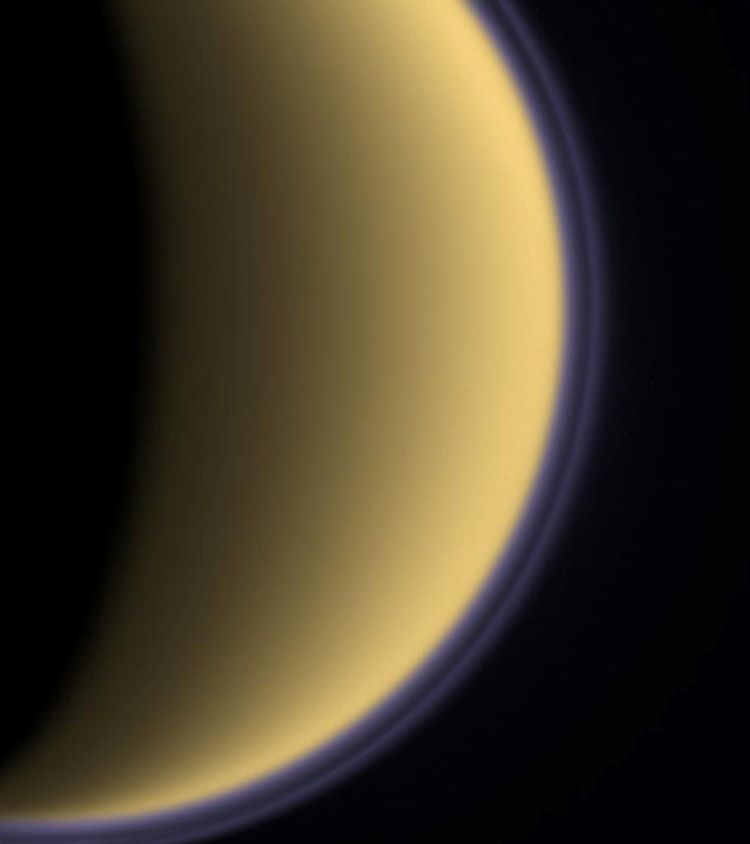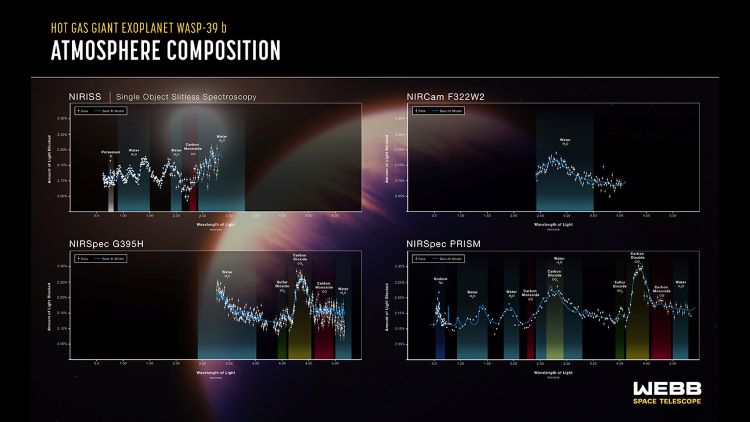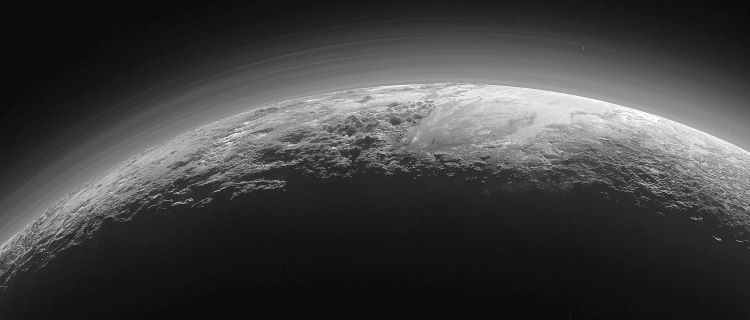Universe Today has surveyed the importance of studying impact craters, planetary surfaces, exoplanets, astrobiology, solar physics, and comets, and what these fantastic scientific fields can teach researchers and space fans regarding the search for life beyond Earth. Here, we will discuss how planetary atmospheres play a key role in better understanding our solar system and beyond, including why researchers study planetary atmospheres, the benefits and challenges, what planetary atmospheres can teach us about finding life beyond Earth, and how upcoming students can pursue studying planetary atmospheres. So, why is it so important to study planetary atmospheres?
Dr. Brian Toon, who is a Professor and Research Scientist in the Department of Atmospheric and Oceanic Sciences at the University of Colorado, Boulder, tells Universe Today, “There are many reasons to study planetary atmospheres. For example, we think the sun was much dimmer in the early history of the solar system, yet Earth and Mars each were as warm or warmer than now. How is this possible? Venus and Mars have carbon dioxide dominated atmospheres with more CO2 in the vertical column than Earth. Yet one is colder than Earth and the other warmer. Even though Venus is closer to the sun its clouds reflect so much light that it effectively has less sunlight than Earth, yet its surface is warm enough to melt lead. How is this possible? We need to understand other atmospheres to understand the past and future of Earth.”


Aside from Earth, Venus, and Mars, the other planetary bodies in our solar system that possess atmospheres include Jupiter, Saturn, Uranus, Neptune, dwarf planet Pluto, and Saturn’s largest moon, Titan, which is the only solar system moon with a dense atmosphere. The formation and evolution of these atmospheres are what scientists are attempting to better understand via computer models that are often combined with data obtained by ground- or space-based telescopes. Through this, scientists have learned, and continue to learn, a great deal about the atmospheres of these intriguing and mysterious worlds that inhabit our solar system. But even with all the instruments and technological advancements, what are some of the benefits and challenges of studying planetary atmospheres?

“The same climate models used for Earth are now used for other planets, such as Mars,” Dr. Toon tells Universe Today. “When the models fail on Earth it is tempting to force them to match Earth data rather than fixing the physics and chemistry in the models. Having the examples from other planets force us to look for errors in Earth models or in our understanding of how Earth climate models work.”
Planetary atmospheres within our own solar system range from sulfuric acid and carbon dioxide (Venus) to carbon dioxide (Mars) to hydrogen and helium (Jupiter, Saturn, Uranus, and Neptune) to nitrogen and methane (Titan and Pluto). Despite the sulfuric acid within Venus’ atmosphere, past studies have postulated the possibility of Venus’ higher altitudes potentially having the ingredients to support life as we know it. Therefore, these unique worlds could offer a glimpse of what scientists could find beyond our solar system, known as exoplanets. But what can studying planetary atmospheres within our own solar system teach us about exoplanet atmospheres?
Dr. Toon tells Universe Today, “We expect a wide range of exoplanetary atmospheres, some are so hot that they likely are raining metals. Even in the solar system there are planets raining condensed natural gas. So, the solar system planets are analogs for exoplanets, but there are definitely exoplanets very different from solar system planets.”
Since the distance to exoplanets ranges from a few light-years to hundreds of light-years, it takes extremely powerful instruments to study their atmospheres. One example is NASA’s James Webb Space Telescope (JWST), which has examined the atmospheres of several exoplanets, including WASP-39 b, which is located just under 700 light-years from Earth. With its powerful infrared instruments, JWST successfully identified water, carbon dioxide, and potassium on this Jupiter-sized world. As demonstrated on Earth, water is essential for life as we know it. Therefore, finding water on an exoplanet could indicate its likelihood for life, as well.

However, out of the almost 5,600 confirmed exoplanets as of this writing, only 69 are deemed potentially habitable. This is primarily due to their orbit residing within their star’s habitable zone (HZ), meaning they orbit at the correct distance from their star for liquid water to potentially exist on its surface, assuming the exoplanet is terrestrial (rocky) like Earth. But finding water within an exoplanet’s atmosphere could also pose the prospect for finding life, as well. Therefore, what can studying planetary atmospheres teach us about finding life beyond Earth?
“The Earth’s atmosphere is out of chemical balance due to emissions of various gases by life,” Dr. Toon tells Universe Today. “For example, the oxygen in Earth’s atmosphere is not compatible with the methane in the atmosphere. The methane is largely a waste product of life. So, trying to detect life elsewhere is most likely going to start with looking at the chemistry of exoplanet atmospheres for signs of chemical imbalance.”
The scientific discipline responsible for studying planetary atmospheres is known as atmospheric science and encompasses several subdisciplines, including computer science, astronomy, physics, and meteorology, just to name a few. It is through constant collaboration and innovation of these subdisciplines that allows scientists to study planetary atmospheres both within and beyond our solar system. As noted, the planetary atmospheres within our solar system provide a wide range of diversity and scientists have observed the same diversity on exoplanets, as well. So, what is the most exciting planetary atmosphere(s) that Dr. Toon has studied during his career?
“I have studied every atmosphere in the solar system, and some exoplanets,” Dr. Toon tells Universe Today. “The most interesting is Mars, because there is a lot of data for Mars, and Mars once had a climate more like Earth’s than the barren desert it is now. Titan, a moon of Saturn is also interesting because it has methane rain, and lakes and seas of hydrocarbons. It also is shrouded in a haze composed of complex organic material.” Additionally, what advice can Dr. Toon offer upcoming students who wish to pursue studying planetary atmospheres?
“I suggest students first learn about the Earth’s atmosphere,” Dr. Toon tells Universe Today. “It is surprising how many astronomers looking at planetary atmospheres don’t know about parallels with Earth.”
How will planetary atmospheres help us better understand our place in the universe in the coming years and decades? Only time will tell, and this is why we science!
As always, keep doing science & keep looking up!

